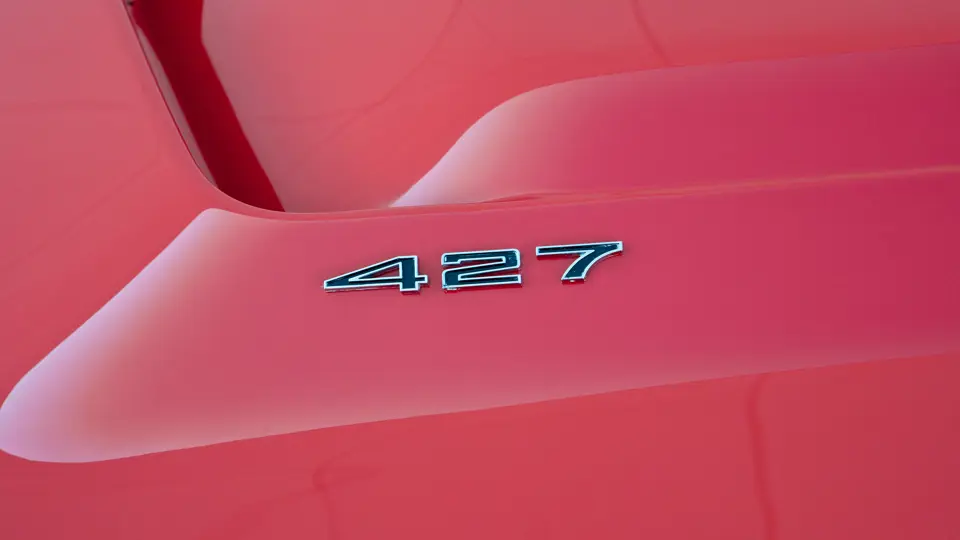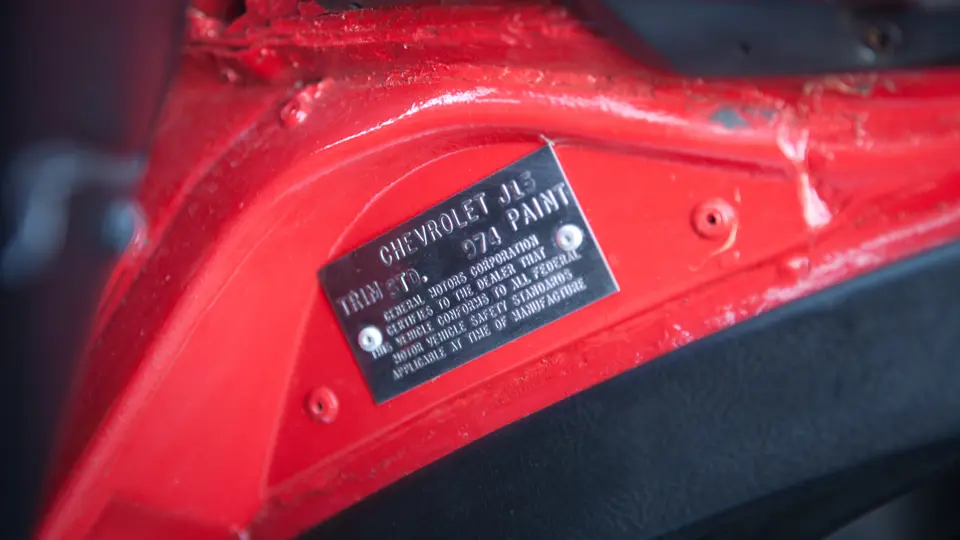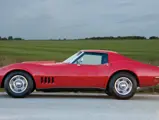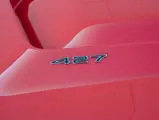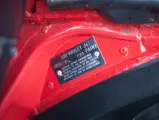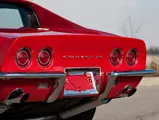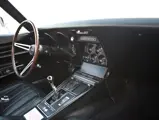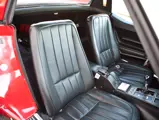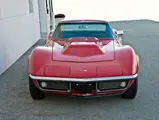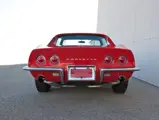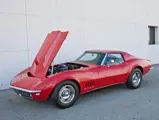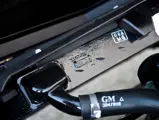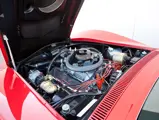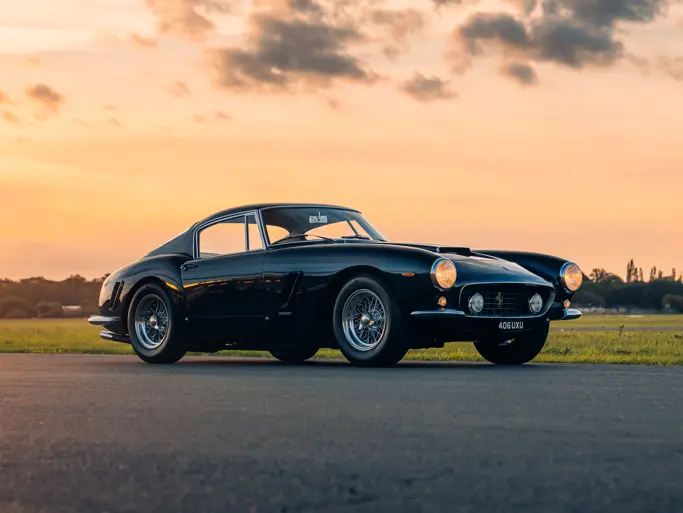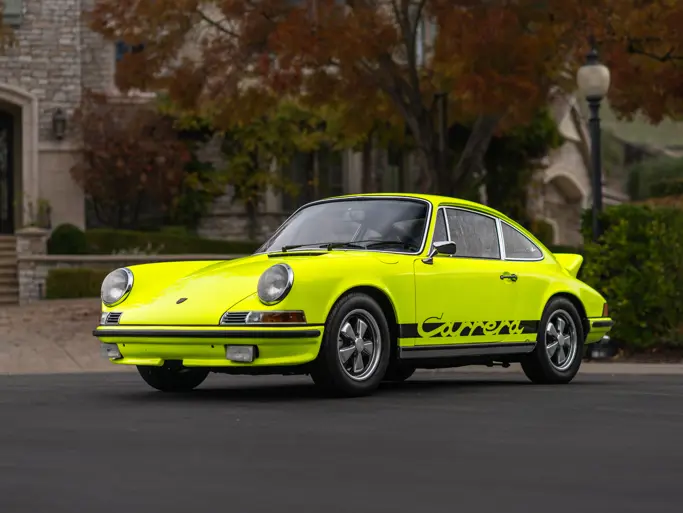540 hp, 427 cu. in. OHV L88 V-8 engine, four-speed manual transmission, independent suspension in the front and rear, and front and rear power-assisted disc brakes. Wheelbase: 98 in.
• One of just 80 L88s produced for 1968
• 1988 Bloomington Gold certified and NCRS Top Flight Award winner
• Recent engine compartment freshening by L88 expert Tim Thorpe
• Numbers matching; equipped with its original engine
• Known ownership history from new
Beginning in 1966, General Motors’ Regular Production Option codes became the mantra for performance junkies, and perhaps even more so for Corvette aficionados. Ask any muscle car-aholic for proof—Z28, LS6, ZR1, ZL1, and of course, the legendary L88, to name but a few.
The new 427-cubic inch L88 V-8 was an outgrowth of the “big block” Mark IV engine program first introduced in the form of a 396-cubic inch V-8 in 1965. GM management had initially decreed that no car line smaller than its full-size lineup should carry an engine larger than 400 cubic inches, including the Corvette. Since the 396 V-8 squeezed in just under the limit, it replaced the fuel-injected 327 in the Corvette as the top offering. Dubbed the L78, with 425 advertised horsepower, some 2,157 buyers checked the option block and paid $292.70 for the privilege, but Chevrolet was about to be upstaged. Carroll Shelby began installing Ford’s 427-cubic inch V-8 in his two-seat Cobra, and Chevrolet engineers were compelled to respond. It materialized for 1966 in the form of Chevrolet’s own 427 V-8, basically a 396 with a larger 4.25 bore, an 11:1 compression ratio, and an advertised 425 horsepower.
GM engineers wanted more, and for 1967, Chevrolet introduced the L71, a 427-cubic inch unit with a trio of progressively linked two-barrel carburetors producing 435 horsepower. Some 3,754 buyers paid $437.10 for the latest and greatest. Still, engineers wanted more and offered the L89—this time with aluminum heads for the L71—essentially an option for the optional engine. Only 16 buyers chose the L89 at an additional cost of $368.65 over the L71.
The engineers went for broke one more time, which resulted in what is known as RPO L88. Once more, it was based on the 427, but it had 12.5:1 compression and was topped by a single Holley four-barrel carburetor sucking 850 cubic feet per minute while being capable of running on 103 high-octane fuel. Sources quoted the true output to be closer to 560 horsepower. Chevrolet upped the price of admission, too—this time with a $947.94 price tag! Ordering the engine required certain mandatory options, and the radio and heater were deleted in order “to cut down on weight and discourage the car’s use on the street,” according to a press release at the time. Just 20 buyers said “yes” and bought what was essentially a racing engine for the street that was given an RPO code.
The L88 was back for 1968, this time enveloped by an all-new Corvette. Despite the hefty price tag for the optional engine, 80 buyers signed up for the blistering performance. Contemporary road tests quoted 0–60 mph in 4.2 seconds and barely 8.0 seconds to 100 mph! The L88 came back one final time in 1969, when 116 buyers said yes before the history books closed the chapter on one of the Corvette’s most powerful engines of all-time.
The order for this car was placed through Paulos Auto Company, a Chevrolet-Oldsmobile dealer in Magna, Utah on November 15, 1967. The buyer, Carl Schettler, of Salt Lake City, received the Corvette as a college graduation gift from his father. Schettler specified a Rally Red exterior and black interior, along with the L88 engine. In addition, GM required him and all L88 purchasers to include the M22 “rock crusher” four-speed manual transmission, the J50/J56 heavy-duty power four-wheel disc brakes, a G81 4:11 positraction rear, the F41 special purpose suspension, an N11 off-road exhaust, and a transistorized ignition—at a total cost of $5,589. Both the original order for the car and the tank sticker confirm the equipment ordered on this special Corvette; the car also retains its original 1968 Owner’s Manual.
Schettler’s college friend, Dr. William Hagabush, purchased the car from him in 1971. Schettler got the car back from Hagabush sometime between 1973 and 1974. Just one year later, it came into the possession of Rick Reynolds, of Juneau, Alaska. It passed through two more Alaskan owners until it passed to Bob Fattore in 1987, who sold the car to “Corvette Mike” Vietro. Finally, it was passed to the current owners in 2008, who have continued to remain careful stewards of this important Corvette.
The car participated in the 1988 Bloomington Special Collection, where it was judged 99.0 points out of 100, as well as the 2010 Bloomington L88 Invasion. NCRS documentation from October 23, 2012 verifies the authenticity of the tank sticker. All paperwork and documentation remains available for inspection. It is both Bloomington Gold certified and the recipient of an NCRS Top Flight Award from the 1988 Western Regionals in August 1988.
It is one of a total of 216 L88 Corvettes produced from 1967 through 1969, and one of only 80 built for the 1968 model year. Most importantly, it is one of the few L88s to retain its original engine. The highly desirable red exterior with black interior was restored to original by Nabers Brothers in 1987. It is one of only four built in 1988, painted Rally Red, adding to both its exclusivity and desirability. More recently, the engine compartment was treated to a $16,000 freshening in 2011 by L88 expert Tim Thorpe.
This is an incredible opportunity to own one of the most vaunted Corvettes ever built by Chevrolet. With known history from new and it still being equipped with its original engine, original dealer order sheet, tank sticker, NCRS verification, and one of the most desirable colors offered, a chance to purchase a spectacular, historic automobile like this is almost impossible to happen again soon.
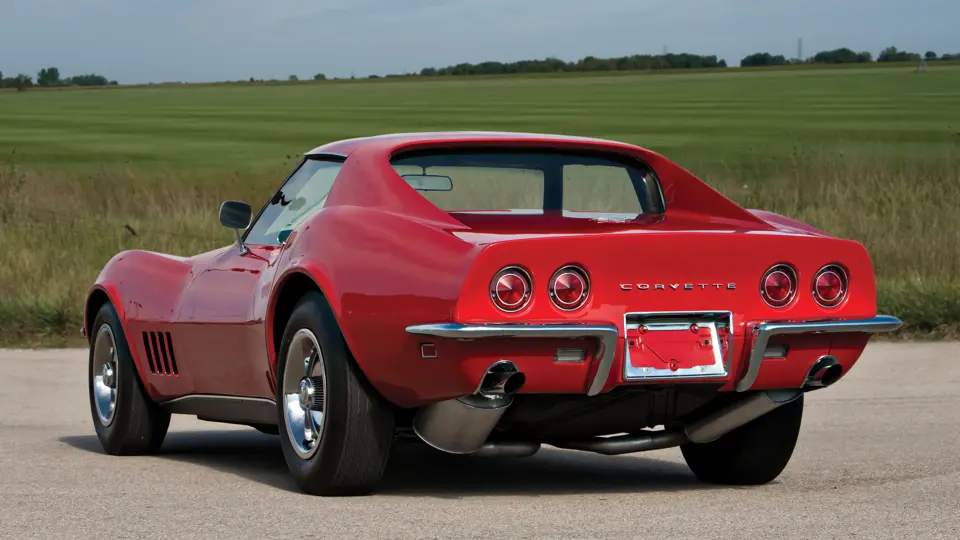



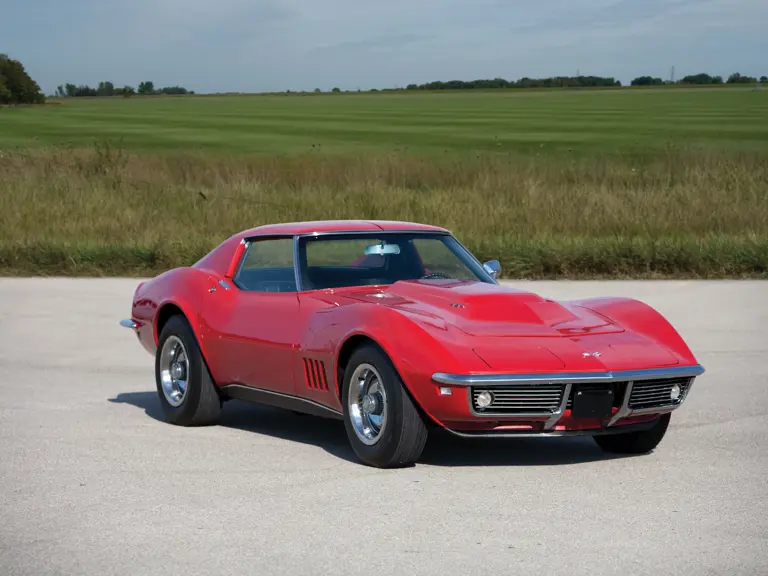
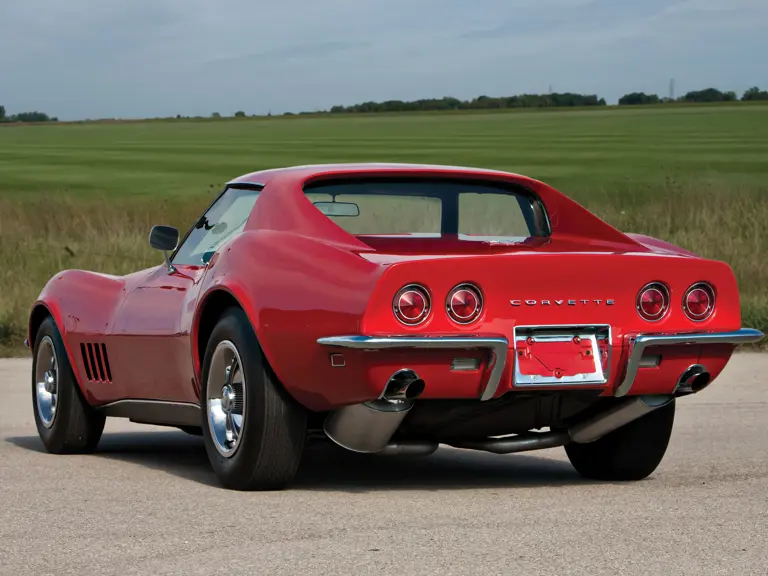

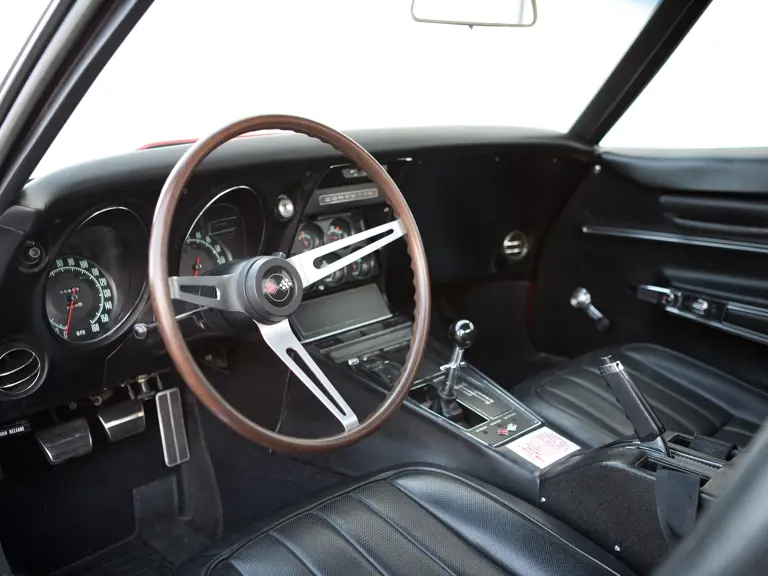
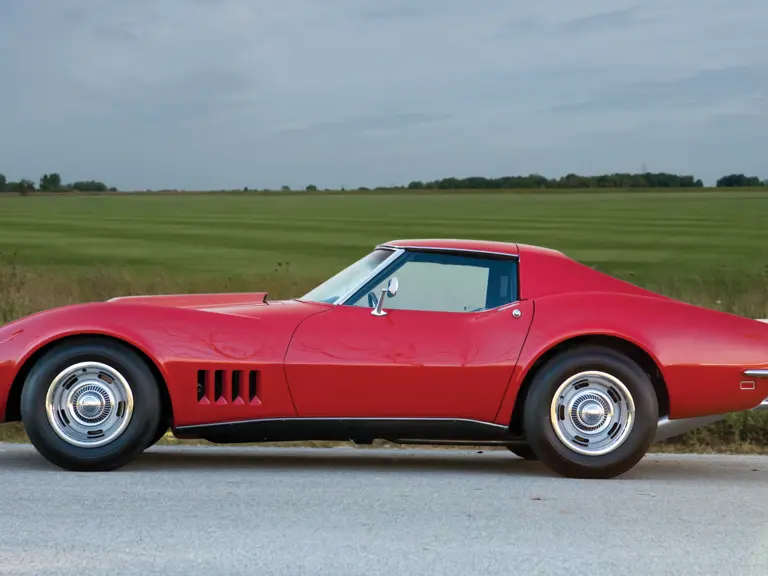


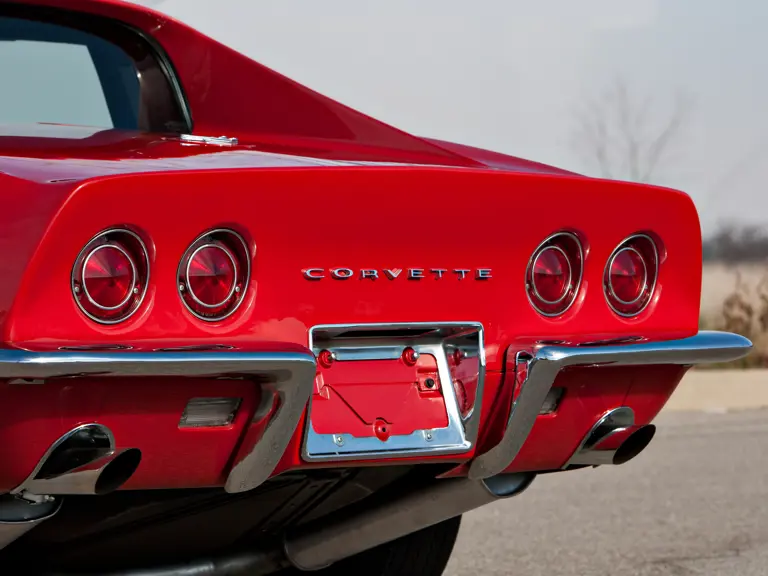
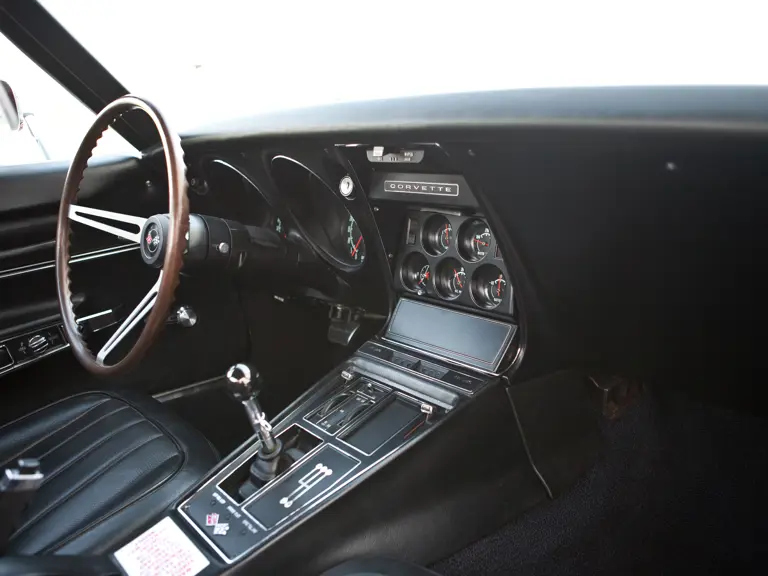
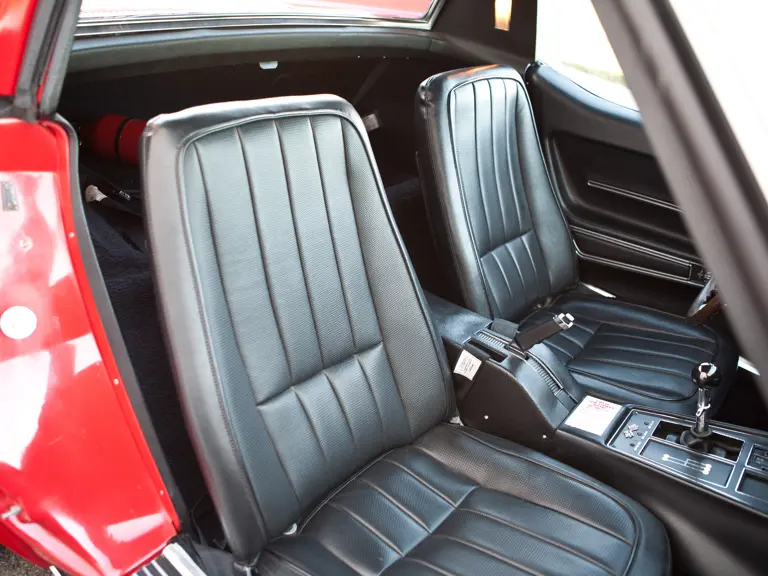
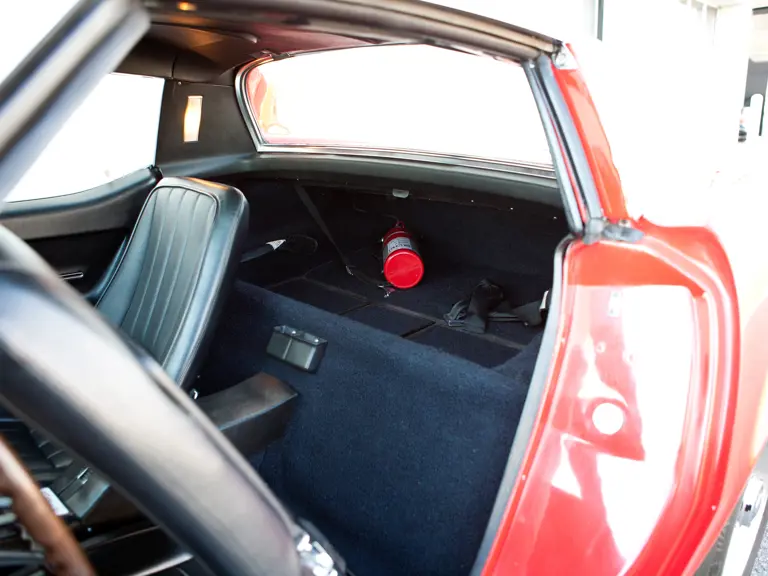
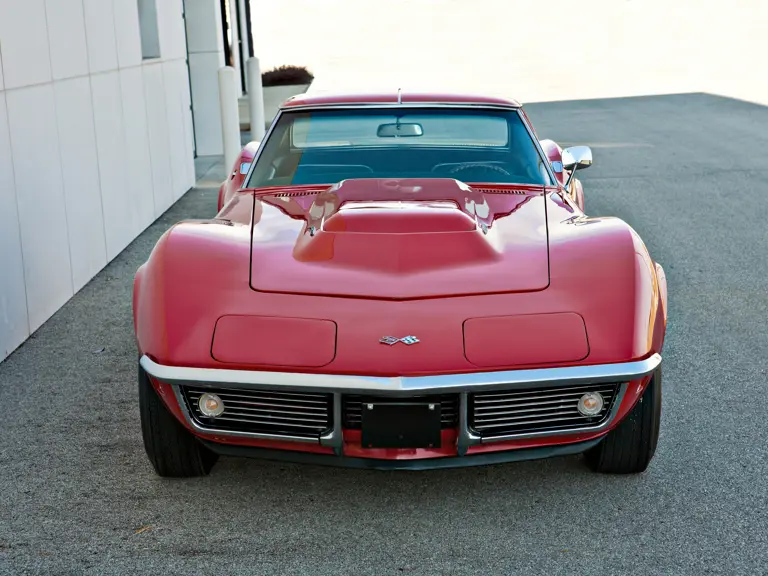
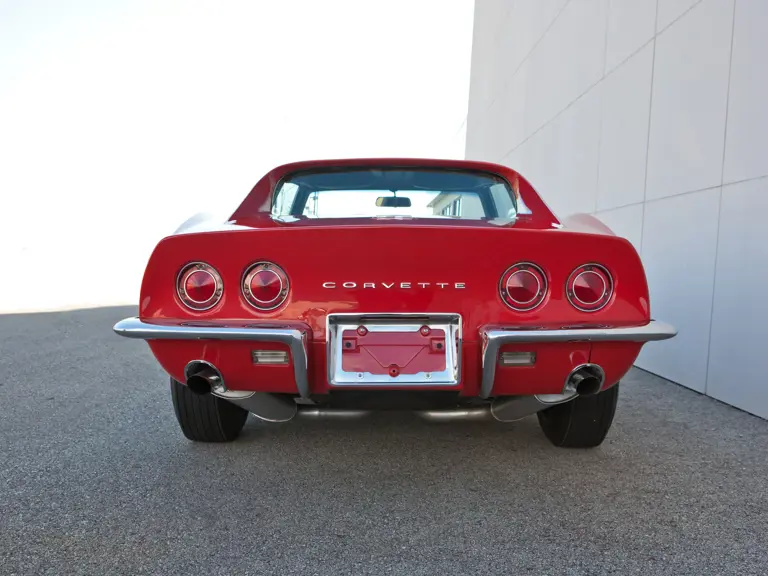
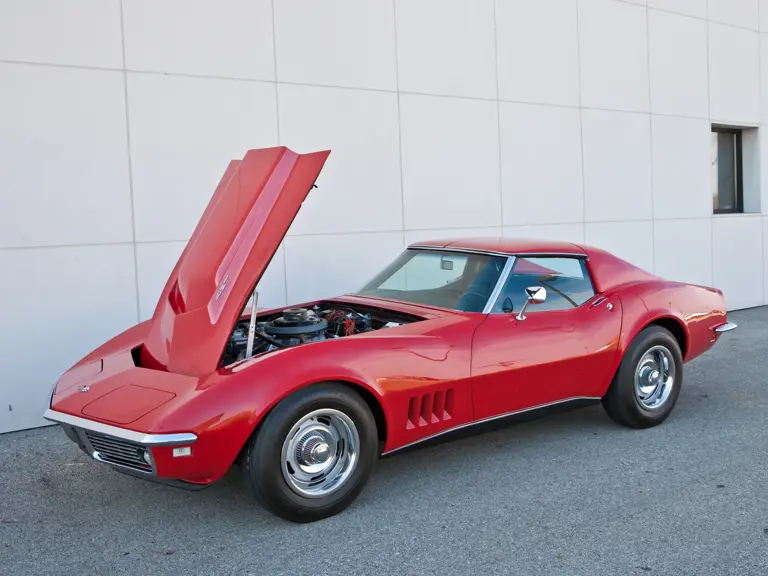
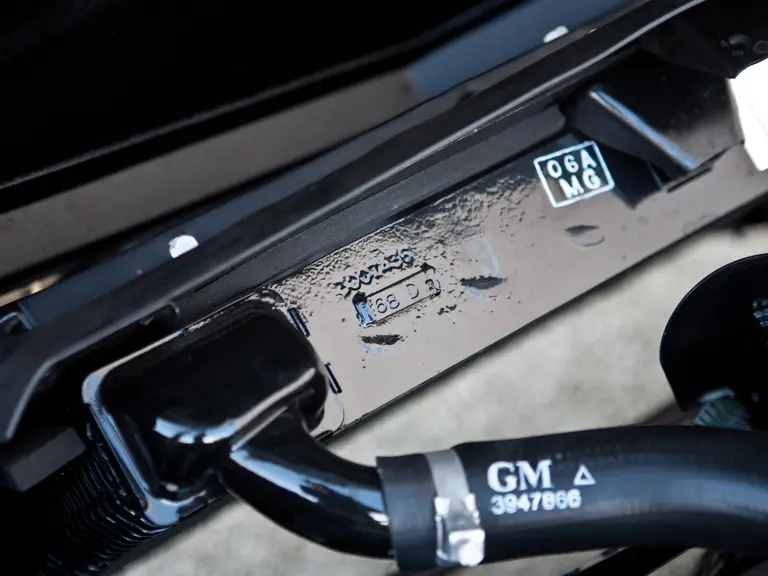
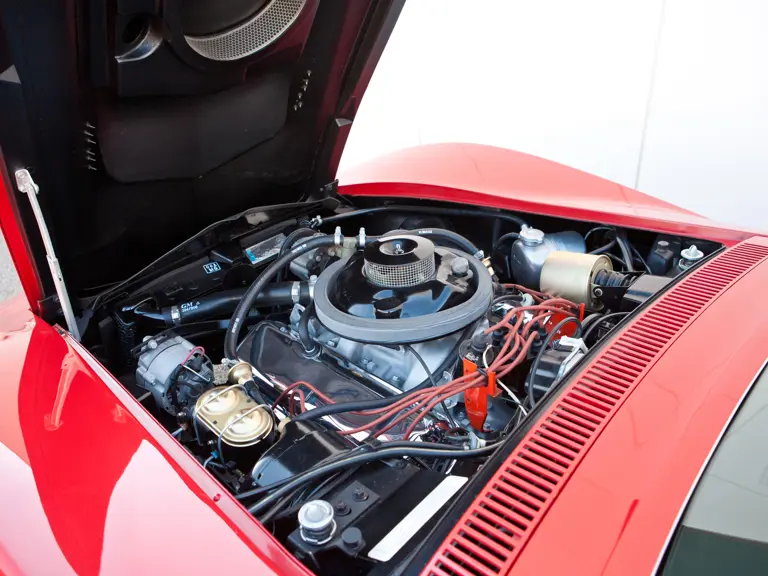
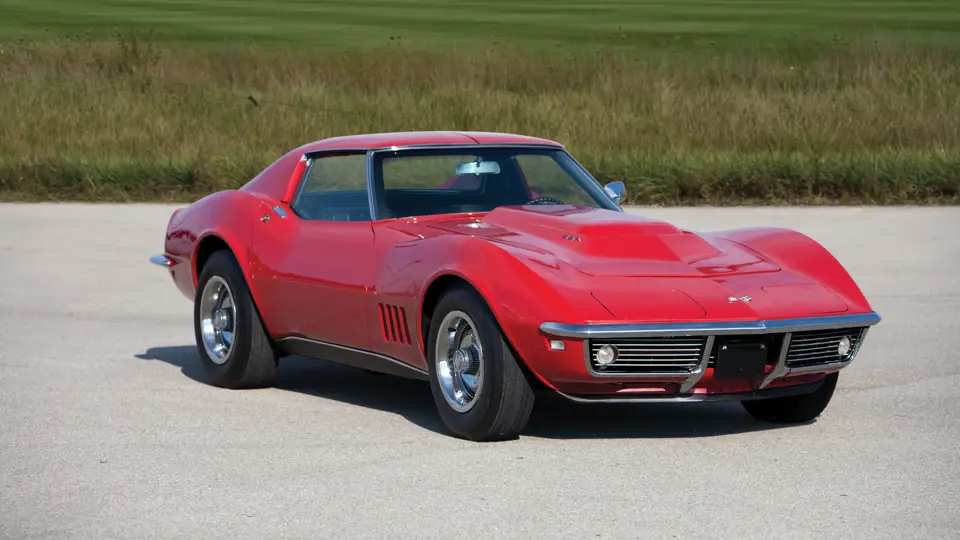
 | Phoenix, Arizona
| Phoenix, Arizona

